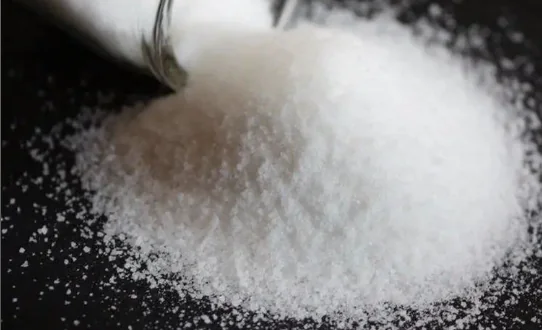Polyacrylamide (PAM) is a highly effective flocculant widely used in water treatment, papermaking, biomedicine, and more. But have you ever wondered how this powerful polymer is synthesized?
In this article, we’ll uncover the key steps in PAM production—from monomer preparation to post-treatment—revealing how chemistry and precision come together to create one of the most versatile materials in modern industry.
Raw Material Preparation: Purity Matters
Before synthesizing PAM, high-purity raw materials are essential to ensure polymer quality and performance:
✅ Acrylamide (AM) – the core monomer that determines the molecular backbone of PAM.
✅ Initiators – such as ammonium persulfate (APS) or AIBN, used to start free radical polymerization.
✅ Solvent – typically deionized water, providing a homogeneous reaction medium.
✅ Additives – including stabilizers or molecular weight regulators to fine-tune the polymer properties.
📌 Impurities can disrupt polymerization, so raw material purity is critical for consistent performance!

Building the Reaction System: Precision Blending
Creating a stable and uniform reaction system is the foundation of successful polymerization:
🔹 Dissolve acrylamide in the solvent to create a homogeneous solution.
🔹 Add the initiator and stir at a controlled temperature to stabilize the system.
🔹 Adjust the pH to a suitable range (usually neutral to mildly acidic) for optimal reaction kinetics.
📌 Uniform dispersion affects molecular weight and chain structure—getting this step right is key!
Free Radical Polymerization: The Core Chemical Reaction
PAM is synthesized mainly through free radical polymerization, involving three key stages:
🔸 Initiation: Radical Generation
✅ Heat or light decomposes the initiator, producing free radicals.
✅ These radicals react with acrylamide monomers, forming active centers.
🔸 Propagation: Chain Growth
✅ The active centers continuously add new monomer units, growing long polymer chains.
✅ Reaction conditions like temperature and stirring rate influence molecular weight and branching.
🔸 Termination: Reaction Completion
✅ Adding a terminator or lowering the temperature halts polymerization, stabilizing the PAM chains.
📌 Precise control of this phase affects PAM‘s solubility, viscosity, and flocculation performance!
Post-Treatment and Product Processing
Once polymerization is complete, PAM must be further processed to ensure usability and safety:
🔹 Purification – Remove unreacted monomers to reduce toxicity.
🔹 Granulation & Drying – Convert to powder or granules for long-term storage.
🔹 Grinding & Packaging – Adjust particle size to suit different application needs.
📌 Different industries require PAM with specific molecular weights and structures—post-processing plays a vital role in meeting these needs.

Applications of Polyacrylamide: From Water to Medicine
✅ Water Treatment – As a flocculant, PAM helps remove suspended solids and impurities, improving water clarity and treatment efficiency.
✅ Papermaking – Enhances wet strength and improves process performance.
✅ Biomedical Uses – Applied in gel electrophoresis, drug delivery, and controlled-release systems.
✅ Mining & Mineral Processing – Aids in ore separation and improves recovery rates.
📌 Thanks to its multifunctional properties, PAM is indispensable across many industries!
Summary: Fine-Tuned Synthesis, Superior Performance
🔹 PAM synthesis depends on pure raw materials, precise formulation, controlled radical polymerization, and optimized post-treatment.
🔹 Key performance indicators include molecular weight, hydrolysis degree, and branching structure, directly affecting flocculation and thickening ability.
🔹 Optimizing the synthesis process enhances product quality and expands PAM’s potential in various industrial sectors.
📢 If you find this article helpful, feel free to like, share, or reach out! Let’s promote awareness of how chemistry powers modern water treatment and materials science. 🚀
